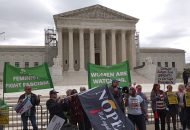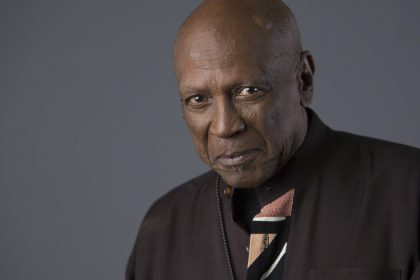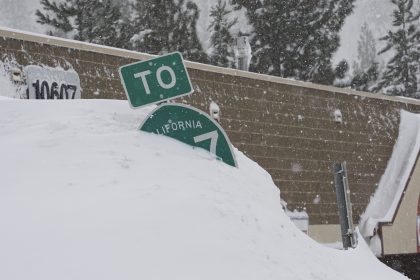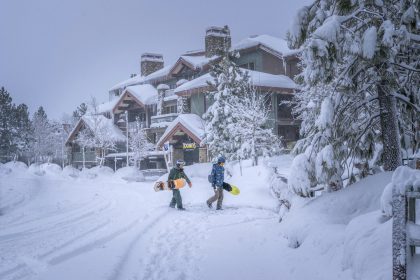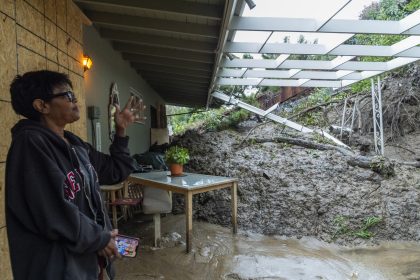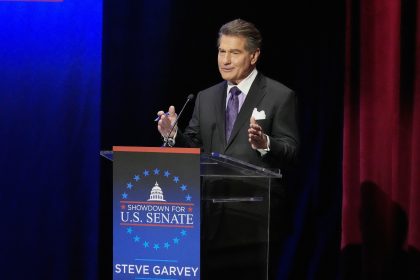Not so Fast: California’s Last Nuke Plant Might Run Longer
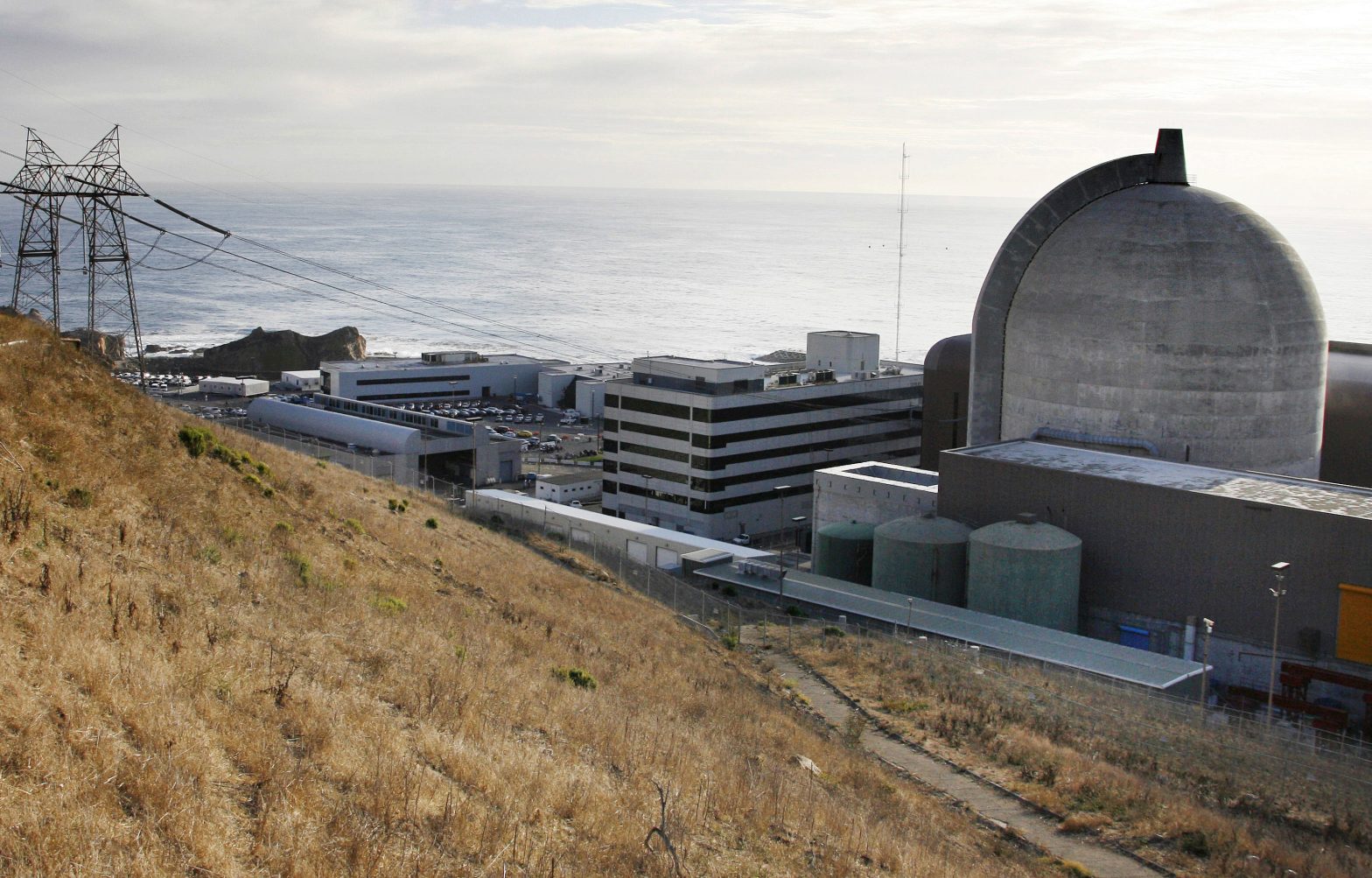
LOS ANGELES (AP) — An aggressive push toward renewable energy has run headlong into anxiety over keeping the lights on in California, where the largest utility is considering whether to try to extend the lifespan of the state’s last operating nuclear power plant.
California is the birthplace of the modern environmental movement that for decades has had a fraught relationship with nuclear power, which doesn’t produce carbon pollution like fossil fuels but leaves behind waste that can remain dangerously radioactive for centuries.
Now environmentalists find themselves at odds with someone they usually see as an ally: Democratic Gov. Gavin Newsom, a green energy advocate who supported the 2016 agreement calling for the Diablo Canyon Nuclear Power Plant to close by 2025 but now is a leading voice to consider a longer operating run.
Newsom often is mentioned as a possible presidential candidate and an attorney for a consumer advocacy group that routinely challenges plant operator Pacific Gas & Electric in rate cases believes “national political ambitions” are at play.
The push to keep Diablo Canyon running “is clearly coming from the governor’s office,” said Matthew Freedman of The Utility Reform Network. Newsom “is mindful that problems with electric system reliability can become a political liability and he is determined to take all possible actions to avoid any possibility that the lights go out in California.”
Newsom certainly wants to avoid a repeat of August 2020, when a record heat wave caused a surge in power use for air conditioning that overtaxed the electrical grid. There were two consecutive nights of rolling blackouts affecting hundreds of thousands of residential and business customers.
In a statement, Newsom communications director Erin Mellon didn’t address the question of politics but said the governor is focused on maintaining reliable energy for households and businesses while accelerating state efforts to meet his aggressive goals for reducing carbon pollution. He continues to support shuttering Diablo Canyon “in the long term.”
The debate over the plant comes as the long-struggling nuclear industry sees climate change as a reason for optimism. President Joe Biden has embraced nuclear power generation as part of his strategy to halve greenhouse gas emissions by 2030, compared to 2005 levels.
Nuclear power provides roughly one-fifth of the electricity in the country, though generation produced by the industry has dropped since 2010. Saving a plant in green energy-friendly California would carry symbolic weight but the window to make an abrupt turnaround appears narrow.
PG&E CEO Patricia “Patti” Poppe told investors in a call last month that state legislation would have to be enacted by September to open the way for PG&E to reverse course. She said the utility faced “a real sense of urgency” because other steps would be required to keep the plant running, including ordering more reactor fuel and storage casks for housing spent fuel that remains highly radioactive.
Extending the plant’s operating life “is not an easy option,” Poppe said. “The permitting and relicensing of the facility is complex and so there’s a lot of hurdles to be overcome.”
The plant on the coast midway between Los Angeles and San Francisco produces 9% of the electricity for California’s nearly 40 million residents. The state earlier set aside up to $75 million to extend operation of older power plants scheduled to close, but it’s not yet clear whether taxpayers might be covering part of the bill — and, if so, how much — to keep Diablo running.
The Newsom administration has been pushing to expand clean energy, as the state aims to cut emissions by 40% below 1990 levels by 2030. California installed more clean energy capacity in 2021 than in any other year in state history, administration officials say, but they warn reliability remains in question as temperatures rise amid climate change.
For Diablo Canyon, the issue is whether the Newsom administration, in concert with investor-owned PG&E, can find a way to unspool the 2016 closure agreement agreed to by environmentalists, plant worker unions and the utility. The decision to close the plant also was endorsed by California utility regulators, the Legislature and then-Democratic Gov. Jerry Brown.
Plant workers now support keeping the reactors open for an extended run while anti-nuclear activists and environmentalists have rejoined a battle they thought was settled six years ago.
“It only makes sense keeping Diablo open,” said Marc D. Joseph, an attorney for the Coalition of California Utility Employees, which represents plant workers. “There is no one involved who wants to see carbon emissions in California go up.”
Critics question if it’s feasible — or even legal — for the utility to break the agreement.
“I don’t know how to unwind it, and I don’t think it should be unwound,” said Ralph Cavanagh of the Natural Resources Defense Council, one of the groups that negotiated and signed the pact.
Friends of the Earth, another signatory of the deal, would oppose any effort to extend the reactors’ operating span. “None of the conditions have changed to pull back on that agreement,” said the group’s president, Erich Pica.
There’s also concern about the aging plant’s safety. Construction at Diablo Canyon began in the 1960s and critics say potential shaking from nearby earthquake faults not recognized when the design was first approved — one nearby fault was not discovered until 2008 — could damage equipment and release radiation.
Lifting the agreement would place “huge numbers of people at great, great risk. That’s what’s at stake here,” said Daniel Hirsch, retired director of the program on environmental and nuclear policy at the University of California, Santa Cruz, and a longtime critic of nuclear plant safety.
PG&E, which has long said the plant is seismically safe, hasn’t said much about whether it will push to extend operations beyond 2025. It is assessing that possibility while continuing to plan for closing and dismantling the plant “unless those actions are superseded by new state policies,” PG&E spokesperson Suzanne Hosn said in a statement.
PG&E is considering applying for a share of $6 billion in federal funding the Biden administration established to rescue nuclear plants at risk of closing. The utility announced the move after Newsom suggested a longer operating run would help the state deal with potential future electricity shortages.
The Energy Department recently recast rules at the request of the Newsom administration that could open the way for an application from Diablo Canyon. But some environmentalists question if those changes conflict with the federal law that provided the funds.
As part of the closure deal, the state granted PG&E a short-term lease for submerged ocean water intake and discharge structures through 2025, which also would have to be extended to keep the plant operating.
Factors cited in the lease agreement echo language in the closing pact, including that the utility would not seek an extended operating license and PG&E was expected to use that period through 2025 to develop a portfolio of greenhouse gas-free renewables and efficiencies to replace Diablo Canyon’s power.
PG&E said in a statement it has met its replacement power requirements to date.
PG&E’s decision to close Diablo Canyon came at a time of rapid change in the energy landscape.
With heavily Democratic California prioritizing renewables to meet future power demand, the utility predicted there would reduced need for power from large plants like Diablo Canyon after 2025. There was even the risk of too much power generation.
Rather than too much power, state officials have warned of possible electricity shortages this summer as a warming climate creates more demand for power, wildfires sometimes incinerate power lines and a long-running drought has reduced hydropower. An emerging tariff dispute — involving products assembled in Malaysia, Thailand, Vietnam and Cambodia using parts and components from China — has delayed solar and storage projects, administration officials say.
But environmentalists argue that a nuclear plant — generating large amounts of power continuously — is not a solution to fill occasional gaps, such as when solar dips after the sun sets.
Reliable electricity “is not a 24/7 problem,” said Cavanagh, of the NRDC. “The last thing you want to solve a problem like that is a giant machine that has to operate 24/7 in order to be economic.”











